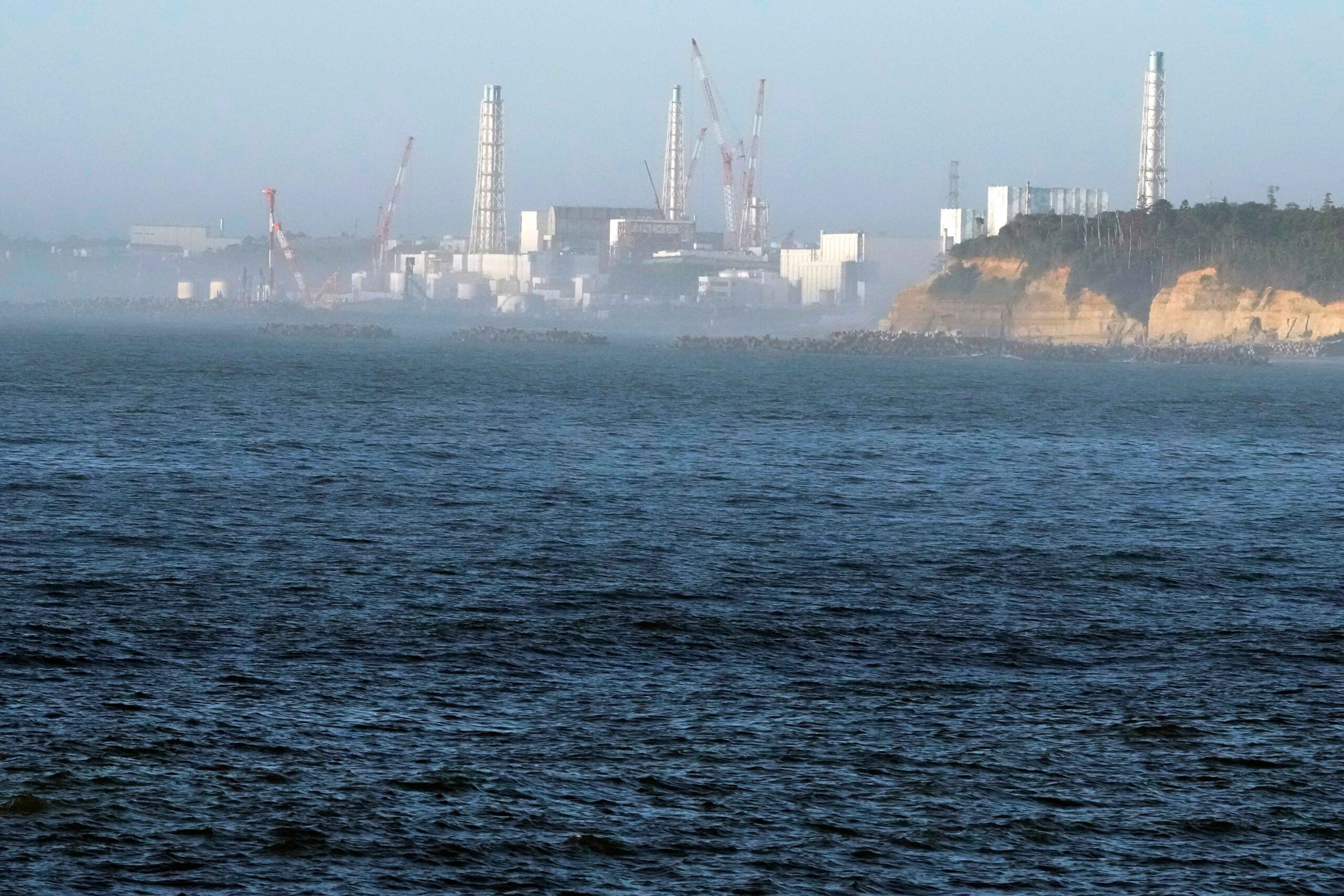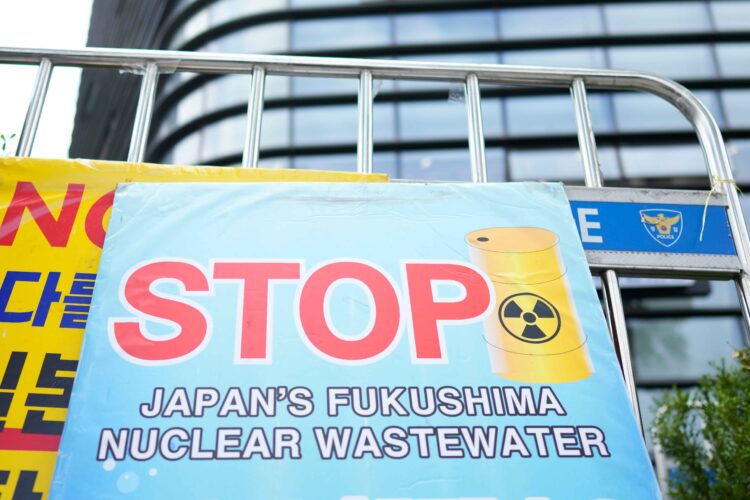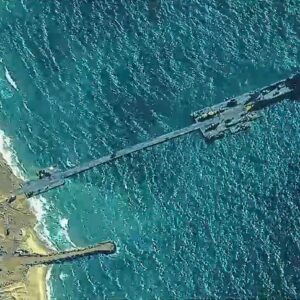Japan began pumping treated radioactive wastewater from the defunct Fukushima Daiichi nuclear power plant into the Pacific Ocean on Thursday, prompting growing concern from neighboring Asian countries. In response, China placed a blanket ban against all Japanese seafood imports as a precaution, and fishing communities throughout Asia are launching protests.

The Fukushima Daiichi nuclear power plant in Ōkuma, Fukushima, Japan became the site of the worst nuclear accident since Chernobyl in March 2011, when a 9.0 earthquake and an ensuing tsunami damaged the plant’s generators. At the time of the disaster, massive waves caused a failure in the reactor’s cooling system, leading to three reactors melting down. Since then, the heavily irradiated water once used to cool the reactor cores has been steadily leaking out of the facility, contaminating groundwater and threatening local communities.
Learn the benefits of becoming a Valuetainment Member and subscribe today!
In 2021, the Japanese government announced a plan to begin dumping wastewater into the nearby ocean in order to begin cleaning up the toxic debris onsite. After extensive testing, the plan was greenlit by the United Nations nuclear watchdog group last month. In the first scheduled water release on Thursday, 7,800 cubic meters of water—roughly equivalent to three Olympic swimming pools—will be mixed with seawater and transferred into a holding tank for final testing. From there, it will be pumped through an underground pipe and released into the Pacific Ocean just under a mile offshore.
Tokyo Electric Power (TEPCO), the plant operators, announced that the pumping began at 1:03 pm local time and reported no abnormalities in the process.
However, China took a firm stance against the plan, accusing Japan of causing “secondary harm to the local people and even the people of the world out of its own selfish interests” in a statement from the foreign ministry. China has banned the import of all seafood and other aquatic goods and is demanding further testing to verify the safety of the wastewater. Japan exports 42% of its ocean-based products to China and Hong Kong, shipping $600 million worth to China alone in 2022. With the Chinese market now closed, Japan is at risk of significant economic damage.

At the same time, Japan has also been met with international protests from governments, environmental groups, and concerned citizens across Asia. Once the pumping began on Thursday, South Korean police arrested 16 people for attempting to enter the Japanese embassy with banners that read “The sea is not Japan’s trash bin.”
North Korea has also condemned the decision, releasing a statement saying that “Japan must immediately call off the dangerous discharge of nuclear contaminated water that seriously threatens the security and future of mankind.”
In response to the objections by China, Japan is lodging a complaint through diplomatic channels, maintaining that there is no significant threat and that radiation levels are well below acceptable standards.
TEPCO intends to release 31,200 tons of treated water by March 2024, accelerating the pace of the pumping as the process continues.


















Add comment